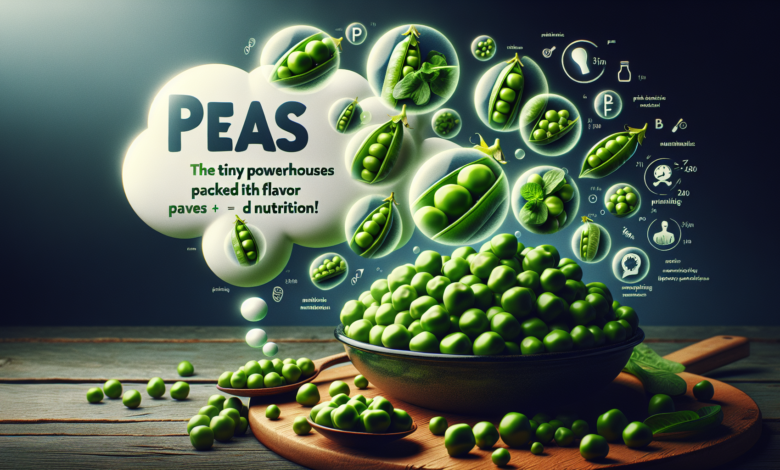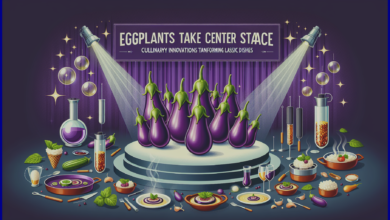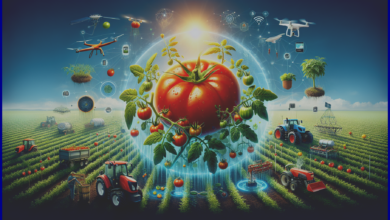Peas: The Tiny Powerhouses Packed with Flavor and Nutrition!

Introduction
Peas, oh those enchanting little gems! Small in stature but mighty in impact, peas have been gracing our plates in countless forms for centuries. Popular and widely available across the USA, these vibrant green marvels take center stage in salads, sides, and even hearty mains. Nestled in their pods, peas are more than just a delightful addition to your plate; they serve as tiny powerhouses of nutrition, essential for a vibrant, healthy lifestyle. Get ready to dive deep into their luscious world!
Description
Originating from the lush fields of the Mediterranean, peas have traversed the globe to become a staple in American gardens and kitchens alike. Bursting with color, these round, smooth delights bring a pop of green to any dish. Whether you encounter the classic sweet green pea, the delicate snow pea, or the nutrient-packed snap pea, each variety offers its own unique taste and texture profile.
You might be surprised to learn that peas aren’t just summer sweethearts; they can be grown in cooler climates, making them a versatile crop in the USA from early spring through late summer. Historically speaking, peas have held a cherished place in many cultures, symbolizing prosperity and good fortune. In ancient Rome, they were a symbol of fertility, while in various Asian cuisines, they are revered for their palatable sweetness and versatility.
Health Benefits
When it comes to nutrition, peas pack an impressive punch. Rich in essential vitamins like A, C, and K, as well as vital minerals such as iron and magnesium, these green orbs are a treasure trove of antioxidants. A mere cup of peas delivers approximately 9 grams of protein—no wonder they’ve become a favorite among vegetarians and health enthusiasts!
Research highlights the remarkable ability of peas to support heart health. Their high fiber content helps regulate cholesterol levels, while their antioxidants combat oxidative stress. Scientific studies point towards peas aiding digestion, promoting satiety, and facilitating weight loss thanks to their low-calorie count and high fiber content. What’s not to love about these tiny green nutritional champions?
How to Use
Incorporating peas into your daily diet is as easy as pie—or should we say, as easy as ‘pea’ pie? Toss them into salads for a crunchy texture, throw them into stir-fries for added flavor, or create delightful soups that sing with richness. Ideally, you can enjoy peas in multiple forms: raw for that crisp, sweet bite; steamed to maintain their vibrant color; or roasted for a fun, crunchy snack.
Pair peas with complementary flavors: think mint and lemon for freshness, or try out combinations with a hint of creaminess, such as ricotta or feta cheese. The versatility is endless, ensuring that your culinary adventures will always have a touch of green magic!
Recipes
Quick and Easy Recipe: Creamy Pea & Mint Soup
Ingredients:
- 2 cups fresh or frozen peas
- 1 cup vegetable broth
- A handful of fresh mint leaves
- 1 tbsp olive oil
- Salt and pepper to taste
- A squeeze of lemon (optional)
Instructions:
- In a pot, heat the olive oil and add peas. Sauté for 2-3 minutes.
- Pour in the vegetable broth and bring to a simmer.
- Add mint, and cook for another 5 minutes.
- Blend until smooth, season with salt, pepper, and a squeeze of lemon.
- Serve warm and enjoy the delightful freshness!
For those seeking something more extravagant, explore recipes like Pea Risotto with Parmesan or Spring Vegetable Pasta that take your pea experience to thrilling heights!
Tips for Buying & Storing
When selecting the freshest peas, look for plump, bright green pods that are firm to the touch. Avoid any that are discolored or shriveled. The peak season for fresh peas in the USA typically runs from late spring to early summer, so keep an eye out during this window.
To store your bountiful find, place them in a perforated plastic bag for refrigeration, where they’ll last about a week. For extended enjoyment, freeze them! Simply blanch the peas in boiling water for a minute, then immerse them in ice water before transferring to freezer bags.
Precautions & Considerations
While peas are generally safe for most, it’s essential to keep a few things in mind. Some individuals may experience sensitivities or allergies to legumes, including peas, so start slow if you’re unsure. Additionally, if you have concerns about sodium levels or oxalates, moderation is key.
Conclusion
So, what have we learned about our darling peas? They are not only a burst of color in our meals but also a fortified source of nutrition that champions various aspects of health. Their ease of incorporation into your diet merely amplifies their appeal. Ready to elevate your meals? Add this vibrant vegetable to your next grocery list and start reaping the delightful health benefits today! Peas await your culinary creativity! 🍽️✨




